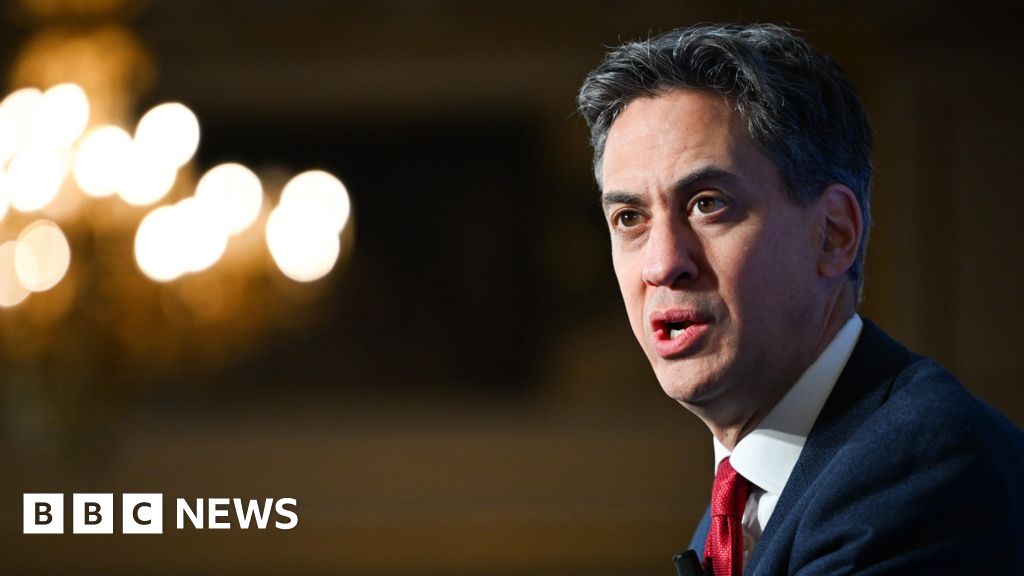When Mark Fowler interviewed for a job with UPS unloading boxes, he told his interviewer that he had diabetes and requested breaks to monitor his blood sugar and eat snacks. He was allegedly told that would be no problem. Yet when Mr. Fowler showed up for work, he found nothing but problems—problems that would lead to a federal lawsuit, a judgment against UPS, and important lessons for employers on handling terminations.
The problems started at the end of Mr. Fowler’s first day on the job, when the same human resources employee who had interviewed him now told him “he was unfit for his position because of his disability and that he was a liability.” On his second day, Mr. Fowler’s supervisor told him that having an insulin pump was a “hard situation” and that his status needed to be “reevaluated.”
The HR employee again got involved. But instead of engaging in an interactive process to see whether Mr. Fowler’s disability could be reasonably accommodated—as the Americans with Disability Act (ADA) requires—the employee offered to reassign him to a temporary position and again called him a liability. That night, the HR employee left a voicemail for Mr. Fowler informing him that he had been terminated.
Preventing ‘rogue’ firings
But that wasn’t the end of the “hard situation” for UPS. The Equal Employment Opportunity Commission sued UPS when it found out about Mr. Fowler’s difficult two days. And on March 16, a U.S. district court awarded the EEOC summary judgment on its claims, finding that UPS had indeed violated the ADA in its treatment of Mr. Fowler.
The court rejected UPS’s argument that it couldn’t be held responsible for the “rogue actions” of the HR employee, who UPS contended “was not authorized to fire anyone.” Even if the HR employee did not have such authority, the court said, UPS was still liable because the employee acted with the company’s “apparent authority” as a “manager who was empowered to relay an employee’s termination.” The court also refused to fault Mr. Fowler for relying on the HR employee’s voicemail to conclude that he had been terminated, stating that the employee had “interacted with him as a supervisor” and there was “no evidence that UPS exercised reasonable care to prevent or correct [the] firing.”
Related: On firing well: 4 principles for easing the hardest job in HR
So, what could UPS have done to “prevent or correct” this firing? And what can other employers do to prevent “rogue actions” by overzealous supervisors?
For one, employers should train their supervisors and HR teams in proper termination procedures and conduct periodic reviews or audits to ensure those procedures are being followed. Employers should document an employee’s poor performance or problematic conduct and work to reach a consensus on the need for termination, including by consulting with in-house or outside counsel. Those involved should ask whether the termination is consistent and fair in comparison with the treatment of other employees. If not, a terminated employee may claim that their termination was discriminatory.
Best practices for terminations
Also, employers should ensure that termination isn’t the result of an unlawful motive. This is what tripped up UPS: The court concluded that Mr. Fowler’s termination violated the ADA because it was “indisputably based on his disability” and his request for reasonable accommodations.
When termination is found to be justified and necessary, there should be a clear procedure for how it will be handled. Ideally, the conversation should be held in person, or at least by video, rather than email or voicemail. And, whenever possible, the termination decision should be delivered by the employee’s direct supervisor, with an HR professional on hand to provide information about logistics, paperwork and benefits, and to serve as a witness in case a dispute arises about what was said. Requiring participation from both a supervisor and an HR representative also helps ensure that one or the other doesn’t get out in front of the company’s decision-making.
Preparation for the conversation is also critical for avoiding missteps. The messaging to the departing employee should be planned, and the supervisor should be given guidance as to what to say and how to behave. The supervisor should briefly and concisely state the reason for the decision and shouldn’t equivocate as to whether the decision is final. And the supervisor should treat the employee with dignity and respect, without emphasizing how difficult the conversation is for the supervisor. Although it’s uncomfortable to fire someone, it can be a devastating event for the employee.
How to fire with less risk
All terminations carry some risk, even when handled correctly, but a signed release can help eliminate or mitigate that risk. Employers should consider offering severance to terminated employees. This usually will be conditioned on a release of any legal claims the employee may have.
Finally, employers can, and should, take corrective action if it’s clear that a termination was handled improperly or conducted by someone without proper authority. Most simply, the employer can offer reinstatement to the affected employee. If the employee alleges that the supervisor was discriminating or retaliating against them for protected conduct, they can be given an opportunity to report to a different supervisor. Disciplinary action—up to and including termination—should also be considered for the firing supervisor if it’s determined that they acted irresponsibly or didn’t follow established procedures.
Employers with thoughtful and enforced internal procedures can avoid most termination mistakes. And when mistakes do occur, they can acknowledge and correct the errors, and thus avoid compounding them. Doing so will not only help prevent future problems. It might prevent the employer from ending up on the wrong side of a costly court ruling.
Credit: Source link










